There’s a reason why Cape Town is nicknamed the ‘Mother City.’ Fossils have been found that date back 5 million years and some of the earliest communities on record are believed to have lived in the area. In fact, one researcher went so far as to propose that the very first human lived there after the discovery of 117,000-year-old fossilized footprints.
To give you a bit more background to this historical city and help you impress the locals with your extensive knowledge, here’s a brief history and some fun facts about Cape Town.
Cape Town’s earliest inhabitants
The earliest known native inhabitants of Cape Town were the San people, nomadic hunters and gatherers, who were believed to have migrated south to the region about 2,000 years ago. They lived in peace alongside the Khoikhoi people who were seminomadic hunters and pastors. The two native groups were collectively known as the Khoisan.
Enter the Europeans
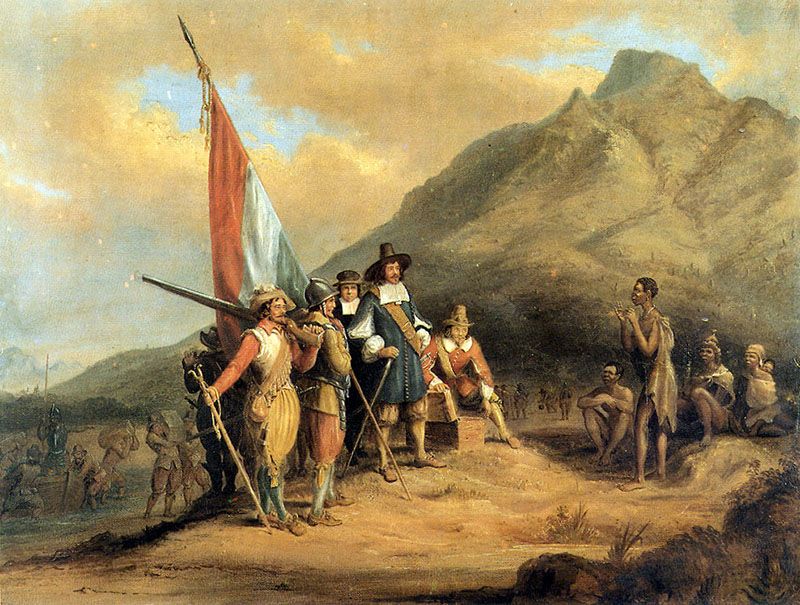
In 1488, Portuguese explorer Bartholomeu Dias was the first European to discover the Cape during a sailing expedition. He gave it the name Cabo de Boa Esperança (Cape of Good Hope). However it wasn’t until April 1652 that the Cape Colony was properly established by Dutchman Jan van Riebeeck of the Dutch East India Company (also known as the VOC) who landed at Table Bay with his team of workers to establish a halfway station providing fresh water, vegetables, and meat for sailors traveling to and from Asia.
Among other things, these guys were responsible for planting fresh produce in the fertile area known to modern day Cape Town as the Company’s Garden, now a verdant oasis in the heart of the city. They also bartered with the native Khoisan (whom they nicknamed the Hottentots and Bushmen) for their sheep and cattle and cut down forests in Hout Bay and the southern and eastern flanks of Table Mountain to create ships and houses (on a side note, did you know that Table Mountain is one of the oldest mountains on earth, six times older than the Himalayas and five times older than the Rockies?). Not surprisingly the Khoisan people didn’t take kindly to the arrival of these settlers and tension quickly mounted between the two groups.
In 1654, the first wave of Asian immigration into South Africa occurred and these Asians were sent to the Cape and formed the foundation of the Cape Colored and Cape Malay populations. At the same time, due to a labor shortage, Van Riebeeck started granting his VOC employees the rights to farm their own land. He also brought in the first slaves from Indonesia, Madagascar and India to work on the farms. This influx of different ethnic groups explains why there’s such a diverse mix of cultures and races in Cape Town today. This expansion also resulted in a further series of border conflicts between the inhabitants of the European-controlled colony and the Khoisan who realized that they were losing territory.
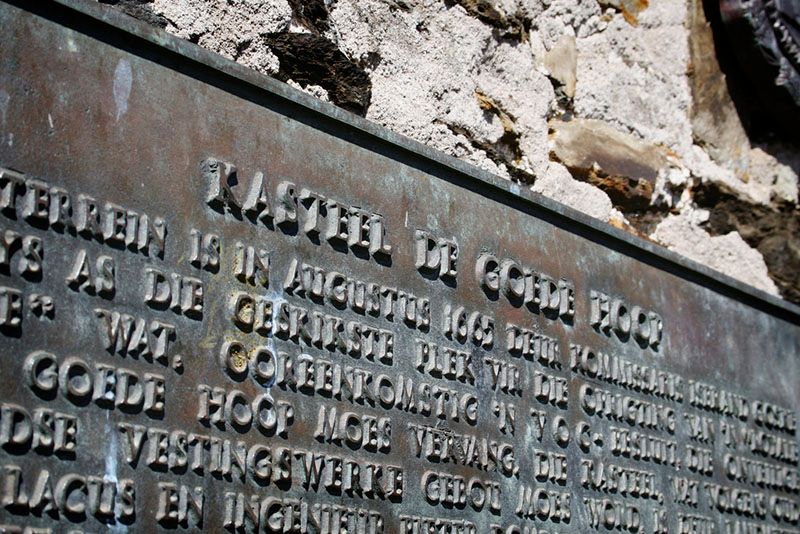
In 1666, the first permanent European-built fortification was erected, The Castle of Good Hope. This wooden fort was later rebuilt and completed in 1679 and today stands as the oldest building in South Africa.
The beginnings of a successful wine industry
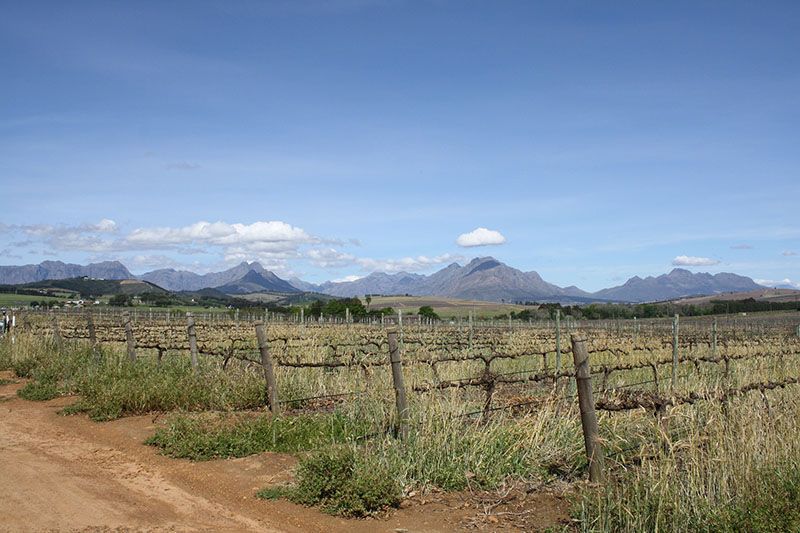
Fellow Dutchman Simon van der Stel arrived to the Cape in 1679 to replace Van Riebeeck as governor. As well as promoting territorial expansion in the colony, he came bearing grape vines and an extensive knowledge of wine making and was responsible for starting an industry that quickly became a major force in the local economy (leading wine region Stellenbosch was named after him). Nine years later in 1688, the first non-Dutch immigrants landed on the Cape known as the Huguenots who were French protestant refugees that also had a penchant for the grape. They were granted land in the region that later became known as Franschhoek, which translates as ‘French Corner’ and is another major wine producing region today. The Huguenots also played a key role in the region’s ripening wine industry.
The Brits take over
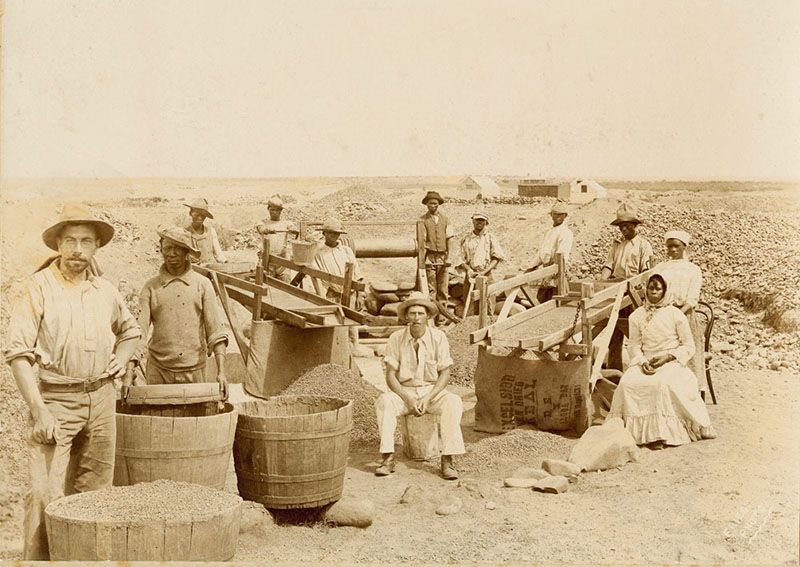
In 1780, France and Britain went to war with each other. The Netherlands initially sided with the French and a small army of French troops was sent to the Cape to protect it against the British. A series of conflicts ensued in the years that followed and the Cape was passed backwards and forwards between the hands of the Dutch and the British until 1814 when the British finally took the Cape from the Dutch in return for a tidy sum of money.
It was at this point that Cape Town started developing as a city in its own right. The British abolished the slave trade in 1808, freeing the slaves and the remaining unhappy Khoisan, who were finally given the explicit protection of the law (including the right to own land) in 1828. However these moves upset the Afrikaners (the Dutch and the Huguenots) and a mass migration inland occurred that came to be known as the Great Trek.
The dawn of a new city
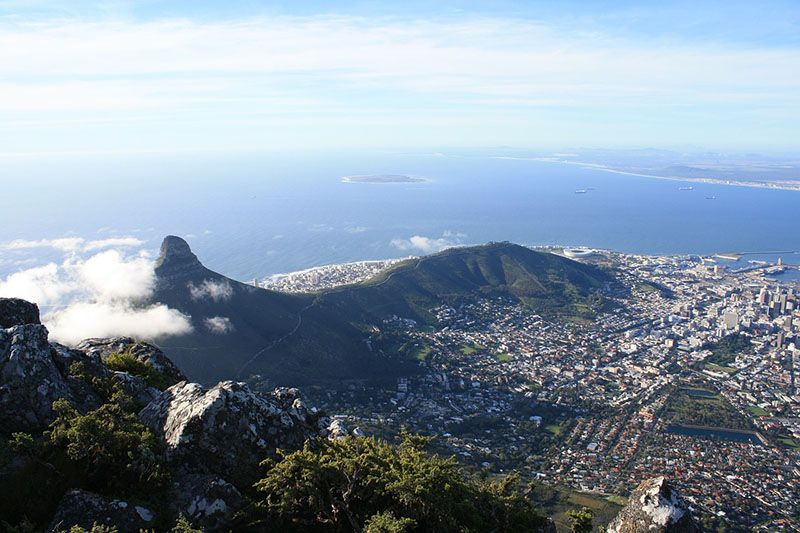
The British subsequently introduced free trade, which greatly benefited Cape Town’s economy and also made the Capetonians bolder in their demands for self-government. In 1840, the Cape Town Municipality was formed and in 1854, the Cape Colony elected its first parliament. This was followed by the introduction of responsible government in 1872 when the Cape won the right to elect its own Prime Minister.
Diamonds are forever
The next big milestone in Cape Town’s history was in the 1870s and 80s when diamonds and gold were discovered in the former Transvaal region. This led to big changes in Cape Town as it became the primary port and this new mineral wealth laid the foundation for an industrialized society. This attracted a new wave of immigrants into the city and the population went from 33, 000 in 1875 to over 100,000 people at the turn of the 20th century putting the city of Cape Town firmly on the map.
Got any other useful facts to share about the early history of Cape Town? Share them with our readers in the comments section below.
Originally published on Ailola by Sophie Lloyd on April 2, 2018.
